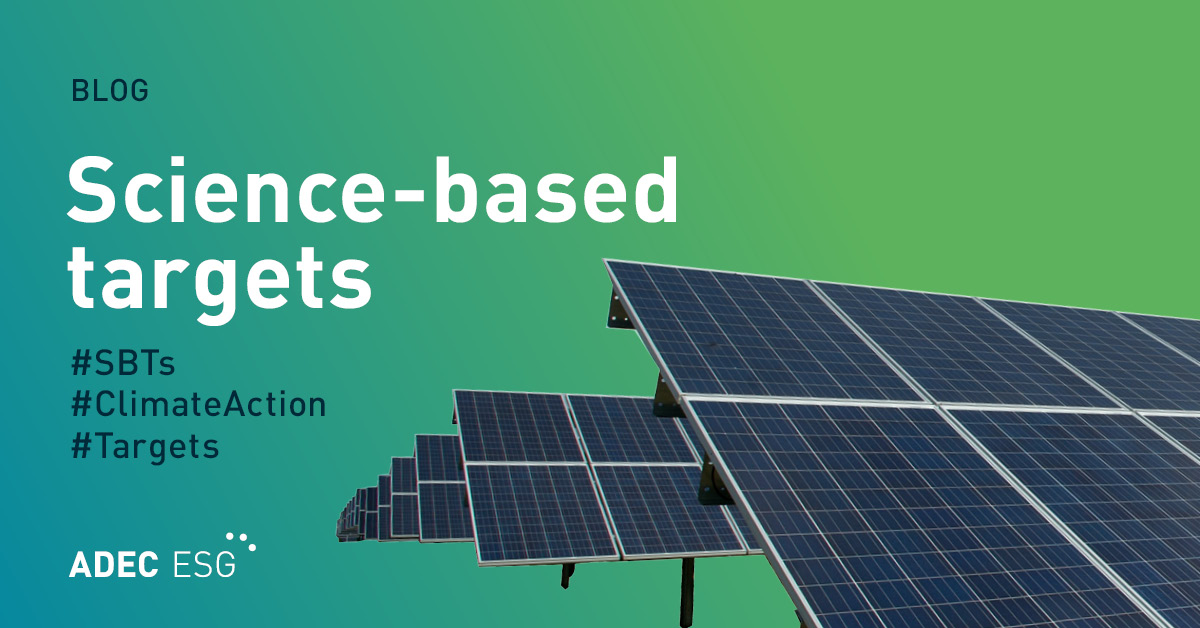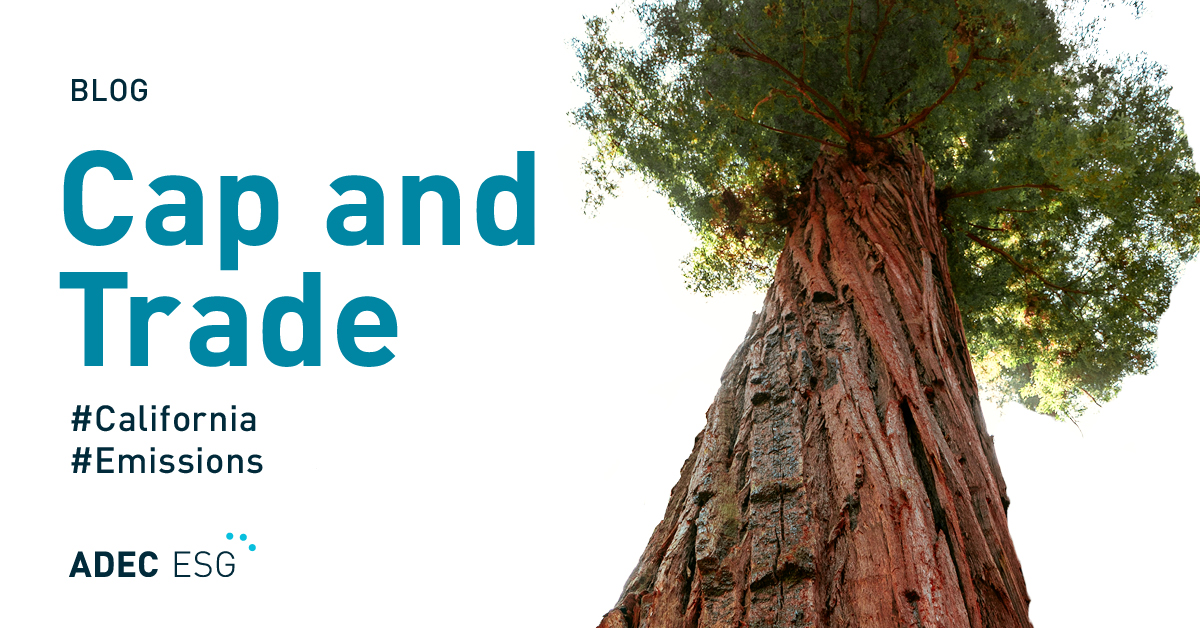As a child, I used to watch movies on VHS and listen to music tapes on my walkman. At that time, I had no idea how the innovations and advancements in technology would change the landscape of how and where music is listened to. My first car had a tape deck in it. Now, vehicles come standard with iPod docks. This technological advancement has made it possible to reduce the size of music players as well as lessen the pollution and carbon footprint associated with music. Even though I still listen to CDs, a vast majority of my music collection is now stored in my iPod.
A white paper sponsored by Microsoft and Intel entitled “The Energy and Climate Change Impacts of Different Music Delivery Methods” indicates that, compared to buying a CD at local retail stores, the trend of purchasing music digitally has reduced the CO2 emissions related to delivering music to consumers by 40 to 80 percent. The study concludes that downloadable online music is still superior compared to the best-case e-tail delivery method. It shows that downloadable online music produces 65% lower CO2 emissions even in the worst-case scenario and that even higher savings are possible if a consumer were to forgo CD-R burning altogether and instead use a fully digital copy.
The Apple company, through iTunes, produces one of the most popular downloadable online music platforms in the world. They have product environmental reports for their wide array of electronic devices, including iPads, iPods, iPod Touches, and Macbooks. According to Apple’s website, “The way our products are manufactured, used, and recycled represents the largest percentage of our total greenhouse gas emissions. That’s why we design products with better environmental performance in mind. We report that performance in comprehensive Product Environmental Reports.”
As detailed on their website, every Apple product is rated in four categories:
1. Climate Change: how each phase of the product’s life cycle contributes to its total carbon footprint.
2. Restricted Substances: which toxic substances are not used in or during the making of the product.
3. Energy Efficiency: the efficiency of the product while it is on, off, and in sleep mode.
4. Material Efficiency: a proportional breakdown of the materials used in the product.
Here is a brief look at the carbon footprint of Apple’s iPod Nano, introduced in 2012. The iPod Nano is estimated to result in greenhouse gas emissions of about 25kg CO2e over its life cycle:
Transport- 5 percent
Consumer Use- 24 percent
Recycling- 2 percent
Production- 69 percent
When compared to the iPod classic (introduced in 2009), which produces an estimated 45kg CO2e, the smaller and more advanced technology of the iPod Nano results in fewer estimated greenhouse gas emissions over the life of the product. Given the current focus of the market on sustainability and environmental impact, it will be interesting to see how gadgets with even lesser environmental impacts will be produced by future innovations and technological advancements.
FirstCarbon Solutions (FCS) provides expert advice to mitigate climate change risks and reduce carbon footprints. Organizations working with FCS have been able to meet environmental goals, streamline operations, reduce costs and improve bottom lines. FCS is a Gold Consultancy and Silver Software Partner of CDP, the exclusive Scoring Partner for the CDP Supply Chain Program since 2011 and a Scoring Partner for the CDP Climate Change Program.




